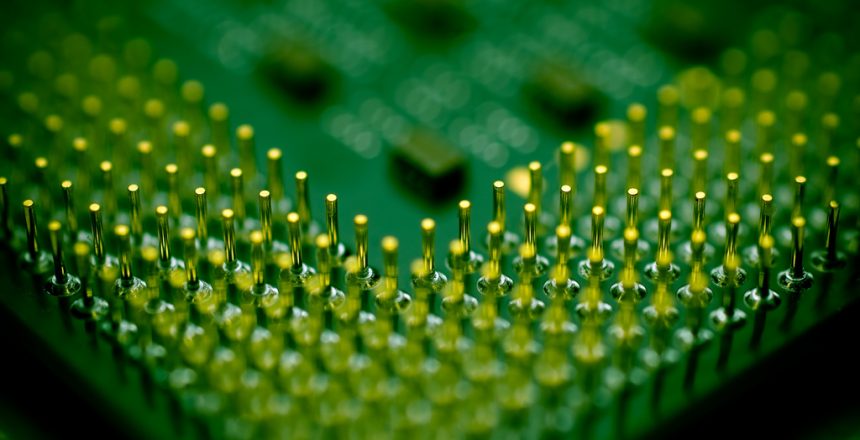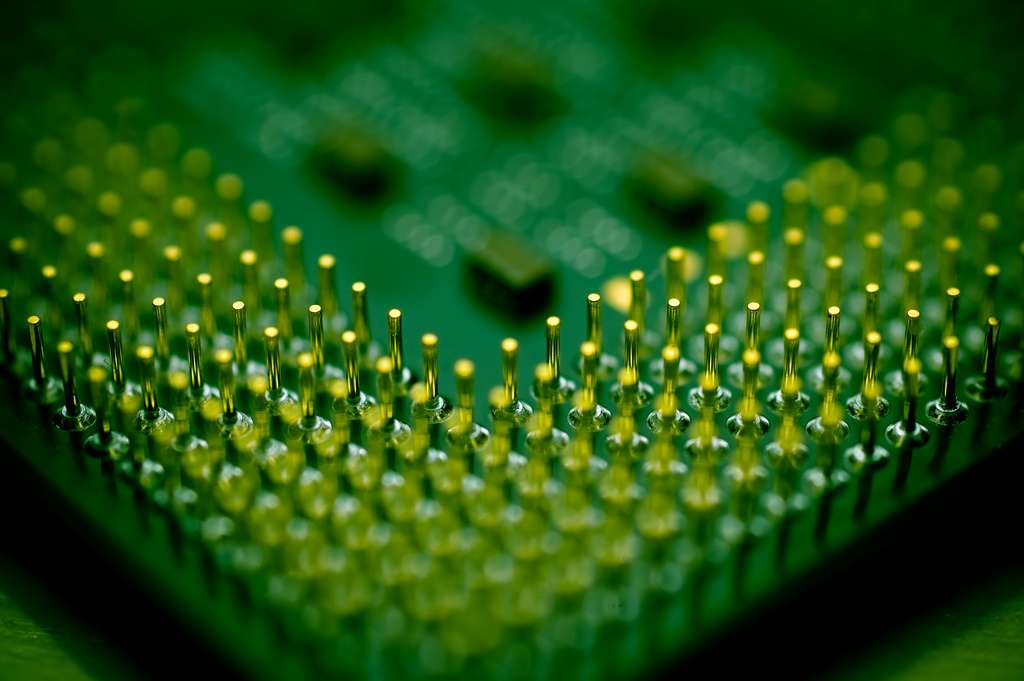A sensor is a device that detects and responds to a physical stimulus, such as light, heat, pressure, or motion, and converts it into an electrical or digital signal that can be processed by a control system. Sensors are used in a wide range of applications, including manufacturing, automation, robotics, automotive, aerospace, medical, and consumer electronics.
The basic function of a sensor is to detect a physical quantity or parameter and convert it into an electrical or digital signal that can be read and processed by a control system.
Sensor basic components
Sensors come in a variety of structures depending on their type and application. However, most sensors have a few basic components that allow them to function. These components include:

Sensing element
This is the part of the sensor that detects changes in the environment being measured. For example, a temperature sensor may use a thermistor as its sensing element.
Signal converter
Once the sensing element detects changes, it needs to be converted into an electrical signal that can be processed by other systems. The signal converter may be an amplifier, transducer, or other electronic component.
Processing circuitry
This component processes the electrical signal generated by the signal converter and may perform additional functions such as filtering and calibration.
Output
Finally, the sensor outputs the processed signal to other systems, such as a microcontroller or display panel.
In addition to these basic components, many sensors also have housing or packaging materials to protect the sensing element from damage and environmental factors. Some sensors may also have built-in power sources, wireless communication capabilities, or other advanced features.
Overall, the structure of a sensor depends on its specific type, application, and performance requirements.
Difference between Sensor and Transducer
Transducers and sensors are both devices used to measure physical quantities, but they differ in their functionality and application.
A sensor is a device that converts a physical quantity, such as temperature or pressure, into an electrical signal. It typically consists of a sensing element that responds to a particular physical phenomenon by producing an electrical output. For example, a thermocouple produces a voltage in response to changes in temperature, while a strain gauge produces a resistance change in response to deformation.
On the other hand, a transducer is a device that converts one form of energy into another. In the context of measurement, a transducer is a device that converts a physical quantity into a different physical quantity that can be more easily measured or processed. For example, an ultrasonic transducer converts electrical energy into sound waves, which can be used to measure distance by bouncing the sound waves off a target and measuring the time it takes for them to return.
Thus, the main difference between a sensor and a transducer is that a sensor detects and measures a physical quantity and provides an electrical output signal, while a transducer converts one form of energy into another, often by using a sensor as part of its operation. Additionally, sensors are typically used for direct measurement, while transducers are often used for indirect measurement or for converting one form of energy into another for processing or control purposes.

What are Sensor functions?
The basic function of a sensor is to detect a physical quantity or parameter and convert it into an electrical or digital signal that can be read and processed by a control system. The functions of sensors can vary widely depending on the type of sensor and its application. Here are some common sensor functions:
Detection
Sensors can detect changes in the environment or conditions they are designed to monitor, such as changes in temperature, humidity, or pressure.
Measurement
Sensors can measure physical quantities such as temperature, pressure, force, flow rate, and displacement.
Control
Sensors can be used to control devices or systems based on input from the environment. For example, a thermostat uses a temperature sensor to control the heating or cooling system in a building.
Monitoring
Sensors can monitor the performance of machines, equipment, or systems, providing data for maintenance and troubleshooting.
Safty
Sensors can be used to detect hazardous conditions, such as gas leaks or fires, and trigger alarms or shut down systems to prevent accidents.
Navigation
Sensors can provide information on position, velocity, and orientation, which is essential for navigation and guidance systems.
Communication
Sensors can be used to transmit data wirelessly or through wired connections, enabling communication between devices or systems.
Feedback
Sensors can provide feedback to users or operators about the status of a device or system, enabling informed decisions and actions.
What are Sensor applications?
Sensors have a wide range of applications across various industries and fields. Some common sensor applications include:
Automotive industry
Sensors are used in automobiles for various purposes such as monitoring engine performance, tire pressure, and detecting obstacles while parking.
Industrial automation
Sensors are used in industrial automation to monitor production processes, detect faults, and control machinery.
Healthcare
Medical sensors are used to monitor vital signs and to detect abnormalities in patients. This includes sensors that measure heart rate, blood pressure, and oxygen levels.
Environmental monitoring
Sensors are used to monitor environmental conditions such as temperature, humidity, air quality, and water quality.
Robotics
Sensors are used in robotics to detect objects, measure distances, and control movements.
Aerospace
Sensors are used in aerospace to monitor the health and performance of aircraft, including temperature, pressure, and engine parameters.
Smart homes/buildings
Sensors are used in smart homes and buildings to monitor energy consumption, detect intrusions, and optimize heating/cooling systems.
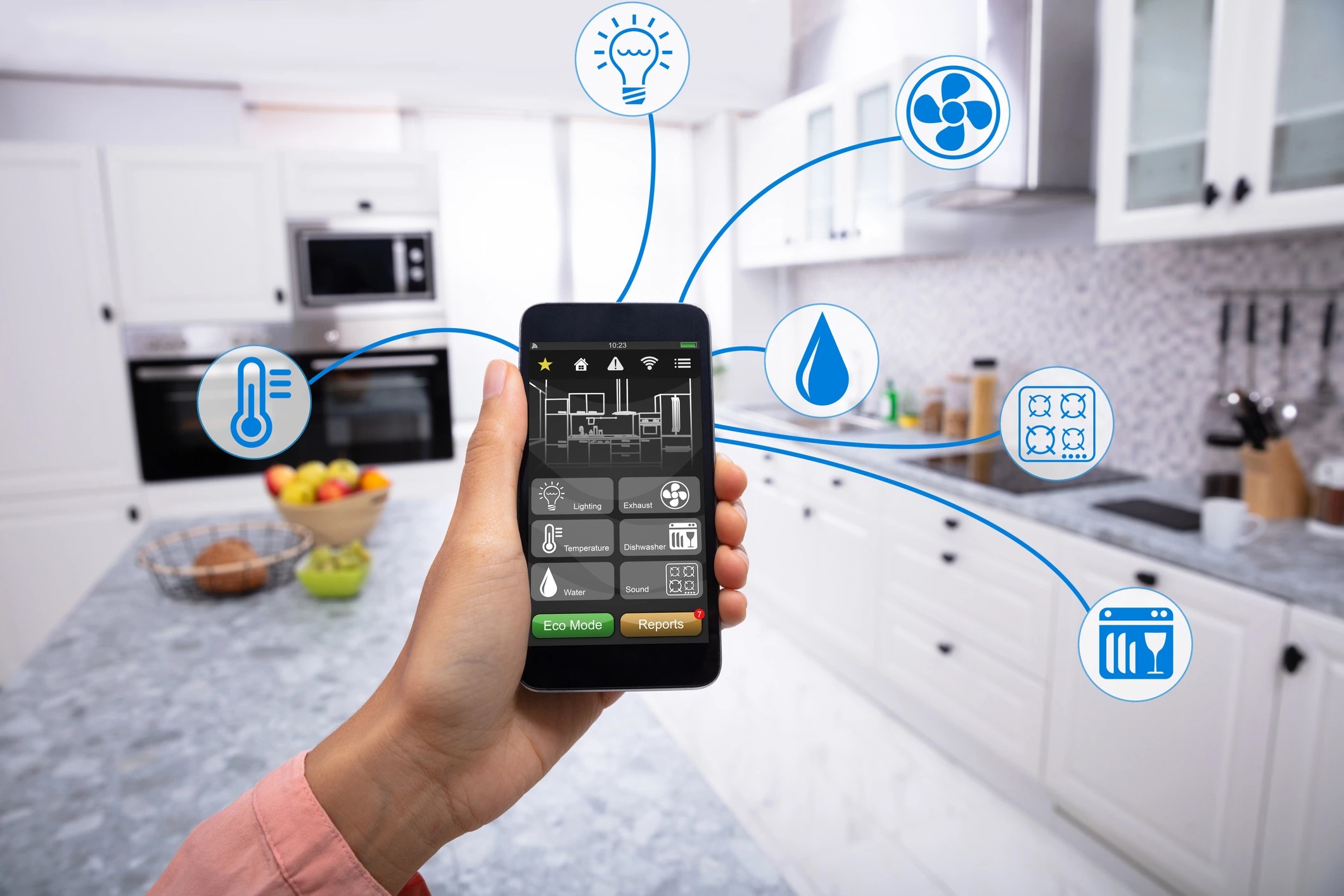
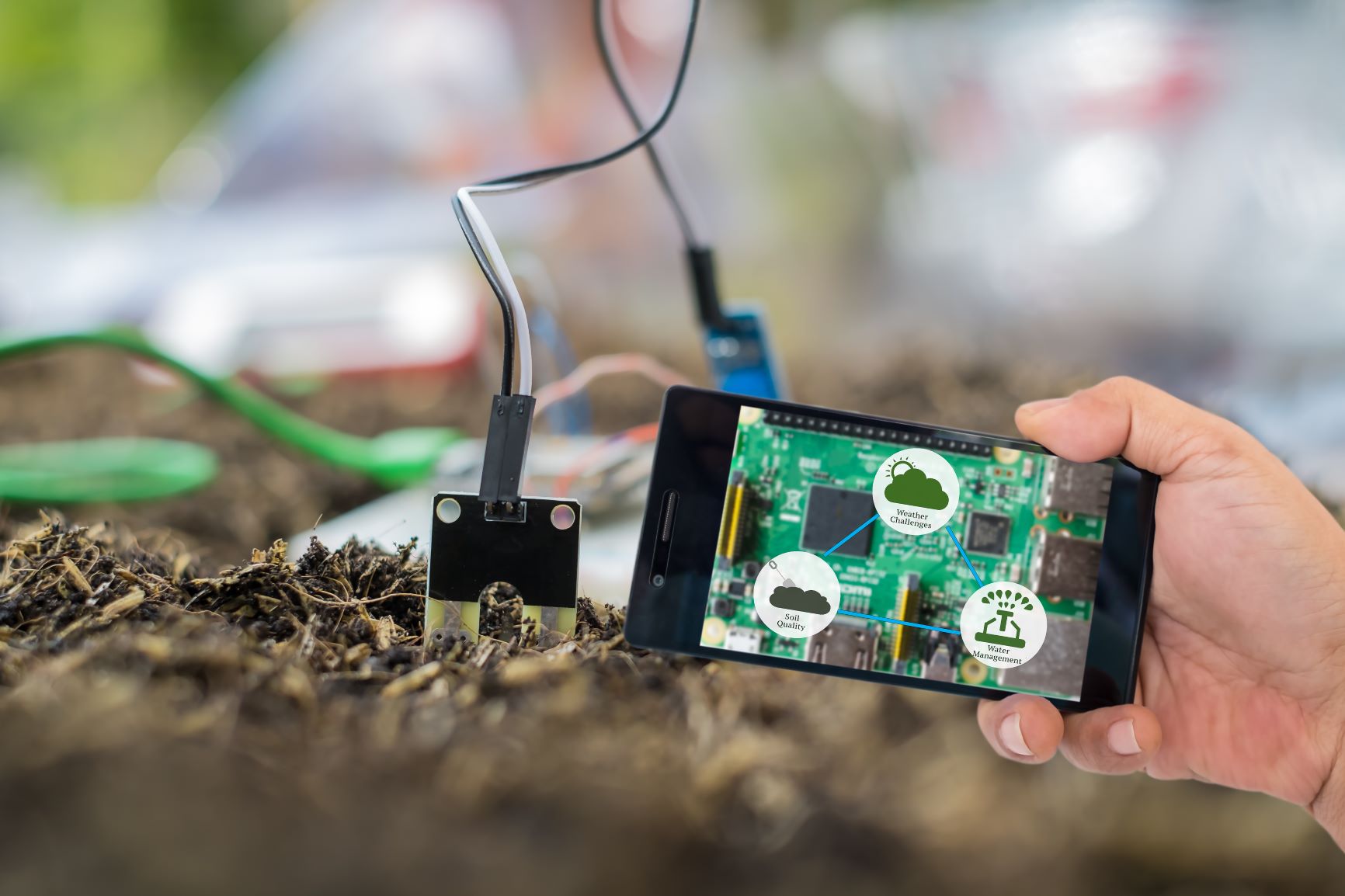
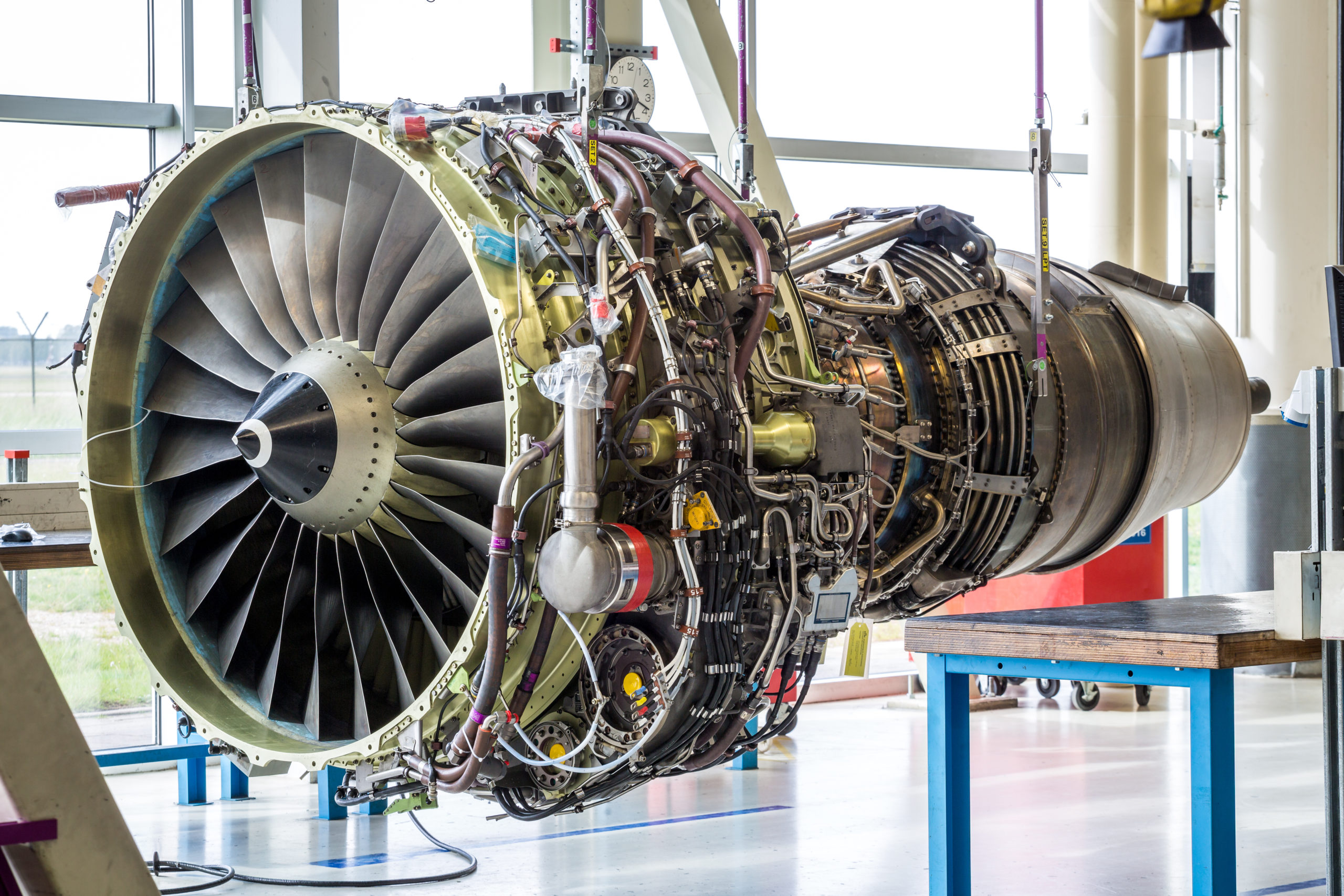
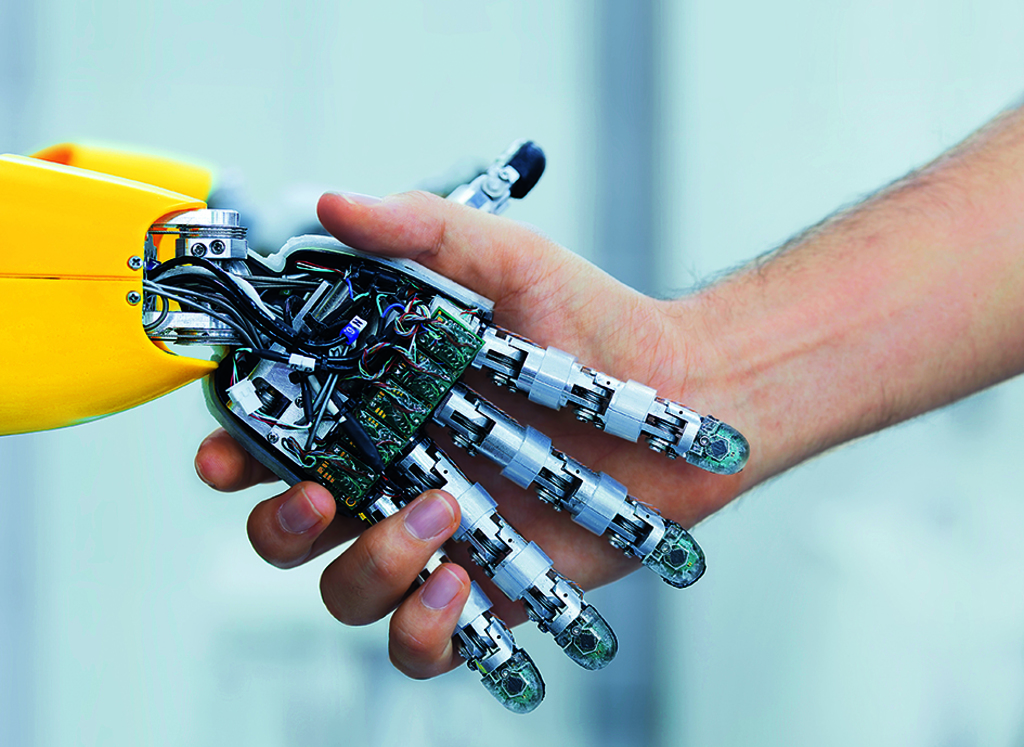
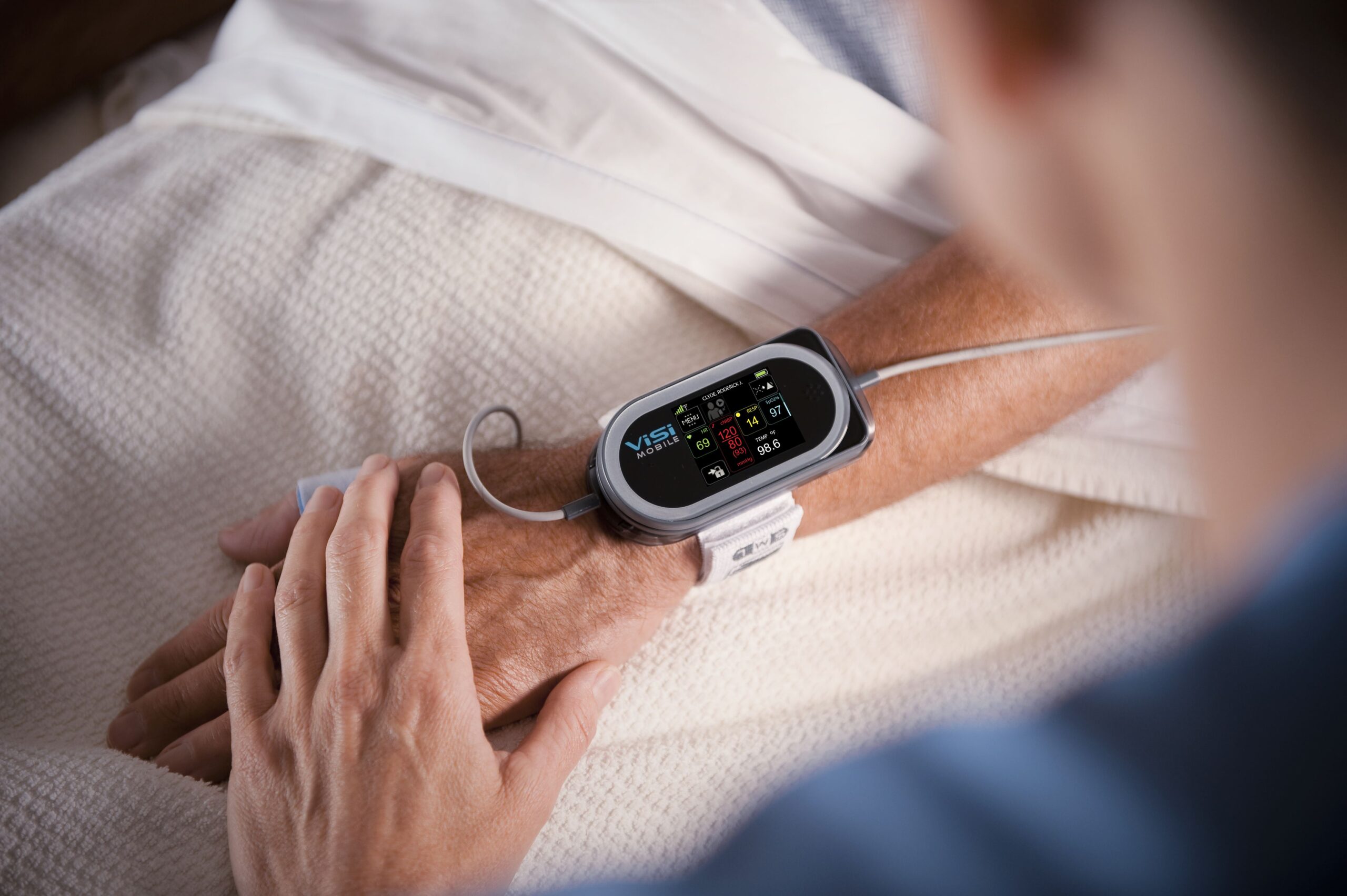
These are just a few examples of the many applications of sensors. As technology continues to advance, we can expect to see even more innovative uses for sensors in the future.
Sensors in our daily life
Sensors play a crucial role in modern daily life. They are used in a wide range of applications, from simple home appliances to complex industrial systems. Here are some examples of how sensors are important in our daily lives:

Home appliances
Many home appliances such as refrigerators, air conditioners, and washing machines use sensors to monitor temperature, humidity, and other factors to ensure optimal performance.
Automotive industry
Sensors are used extensively in automobiles for various purposes such as monitoring engine performance, tire pressure, and detecting obstacles while parking.
Healthcare
Medical sensors are used to monitor vital signs and to detect abnormalities in patients. This includes sensors that measure heart rate, blood pressure, and oxygen levels.
Agriculture
Sensors are used in agriculture to monitor crop growth, soil moisture, and weather conditions to optimize crop yields.
Security
Sensors are used in security systems to detect motion, sound, and other environmental factors to trigger alarms or notify authorities.
Overall, sensors have become an essential part of modern life, making our daily tasks more efficient, convenient, and safe.
Future of sensor technology
The future of sensors is exciting, with many new advancements and innovations on the horizon. Here are some potential developments that could shape the future of sensor technology:

Miniaturization
With advances in microfabrication and nanotechnology, sensors are becoming increasingly smaller and more compact. This could lead to new applications in wearable devices, medical implants, and other areas where size and portability are critical.
Internet of Things (IoT)
Sensors are a critical component of IoT systems, which connect devices and objects to the internet for data exchange and analysis. As IoT adoption continues to grow, there will be increasing demand for sensors that can collect and transmit data reliably and efficiently.
Artificial Intelligence (AI)
The combination of sensors and AI has the potential to revolutionize many industries, from healthcare to transportation to manufacturing. Sensors can generate vast amounts of data, which AI algorithms can analyze to detect patterns, make predictions, and optimize performance.
Energy harvesting
Future sensors may be able to harvest energy from their environment, such as ambient light or temperature gradients, to power themselves. This would eliminate the need for batteries and make sensors even more versatile and cost-effective.
New sensing modalities
Researchers are exploring new ways to sense the environment beyond traditional methods such as temperature, pressure, and light. For example, sensors that detect sound, taste, and smell could open up new applications in fields such as food safety, environmental monitoring, and security.
Overall, the future of sensors is bright, with many opportunities for innovation and growth. As technology continues to advance, we can expect to see even more exciting developments in this field.

